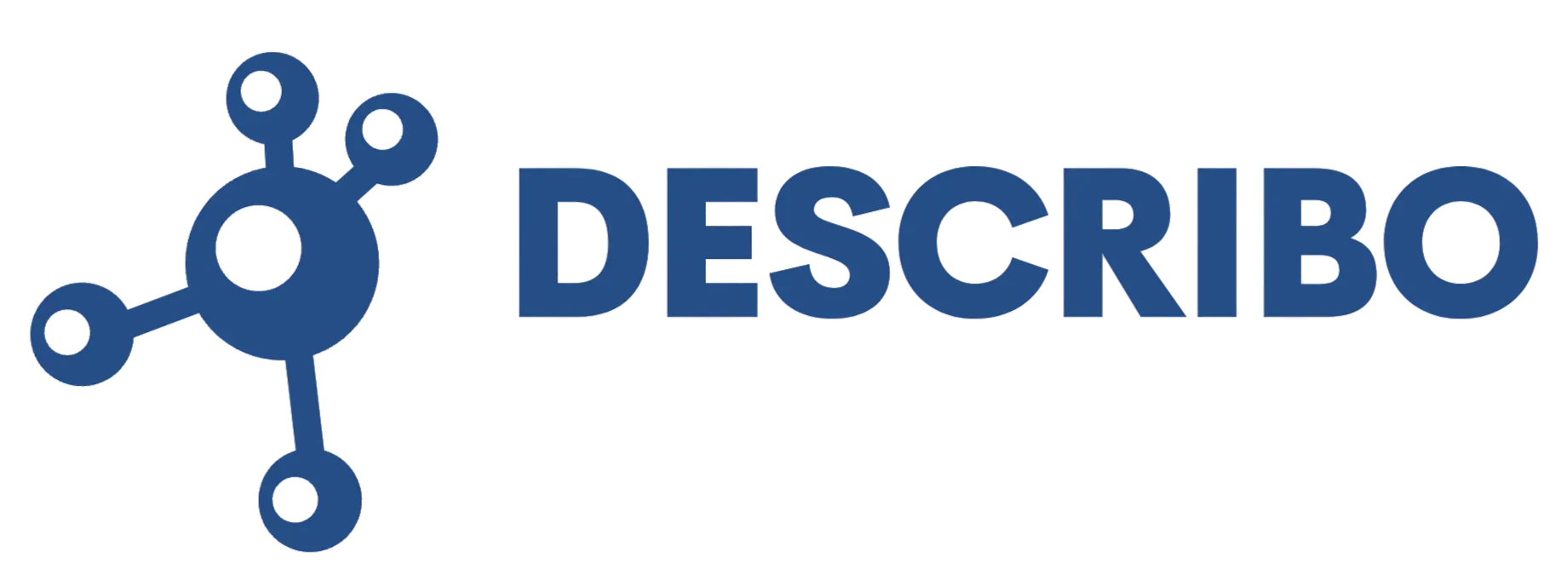Describo enables you to describe your data. It creates linked data conforming to the Research Object Crate (RO-Crate) specification.
You have digitised images of textual content that you want to transcribe and markup. Describo shows you the image and provides a text editor for you to transcribe the page content.
Purchase credits to describo.cloud and you can run your images through Optical Character Recognition (OCR) and Named Entity Recognition (NER) tools to speed up your work.
In the image we can see the entities that have been recognised by the software. Select them and mark / unmark them as required. Describo produces a HTML file with the marked up content and the entities are written into the metadata.
Interrogate sets of files / folders to extract the themes and narratives that you might want to describe. Easily comprehend large swathes of data to find the insights hiding in the content. Use the assistant to provide different perspectives on what you find in order to test hypotheses and ideas.
- Image manipulation - creation of thumbnails and web formats
- Entity recognition and markup
- Theme, topic and subject extraction and markup
Describo creates linked data. And with these tools you can deep dive into that structure to understand and mine the information contained within. Combined with the bulk transformation tools, get to know your data in minutes; not days or months.
Describo knows how to handle different file types and adapt the interface to suit. When describing files it automatically calculates file metadata for you. It can show you previews of your data files and the metadata adapts based on what you are describing.
Describo is totally configurable via profiles. If schema.org doesn't allow you to describe what you want, you can create a domain specific profile that adapts the application to your needs.
In this image, the RO Crate profile for data description is loaded.

